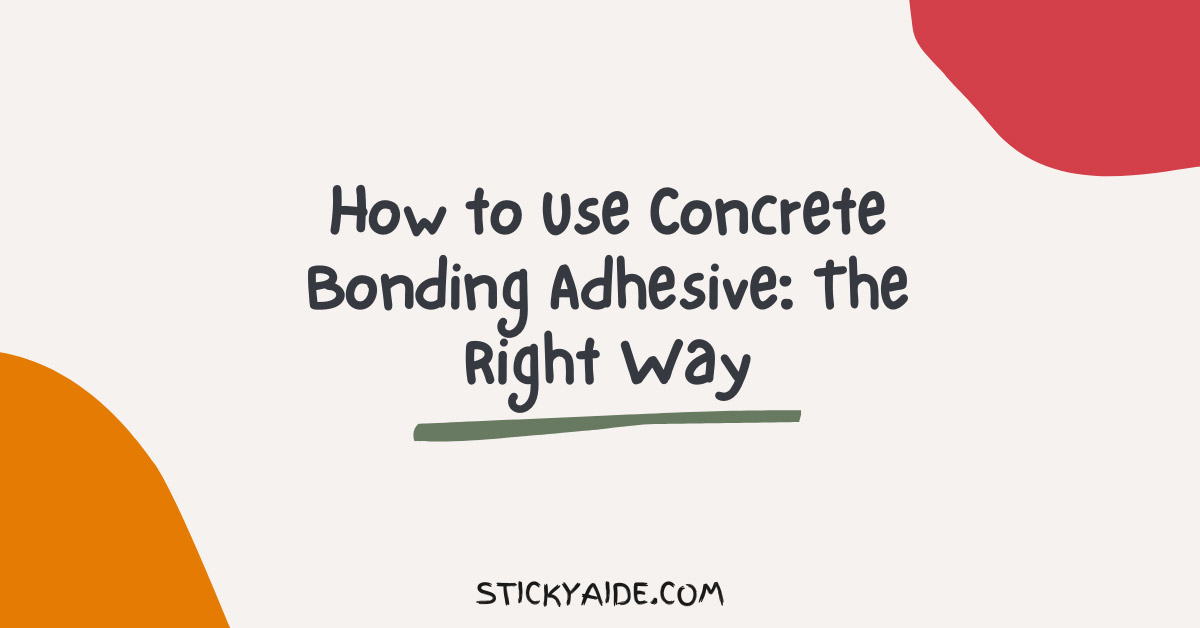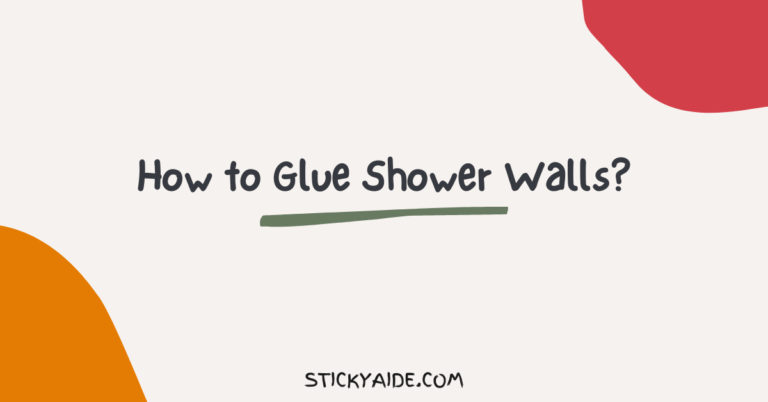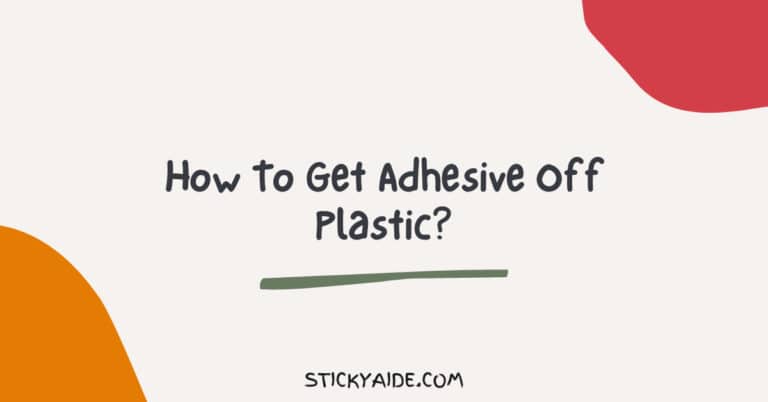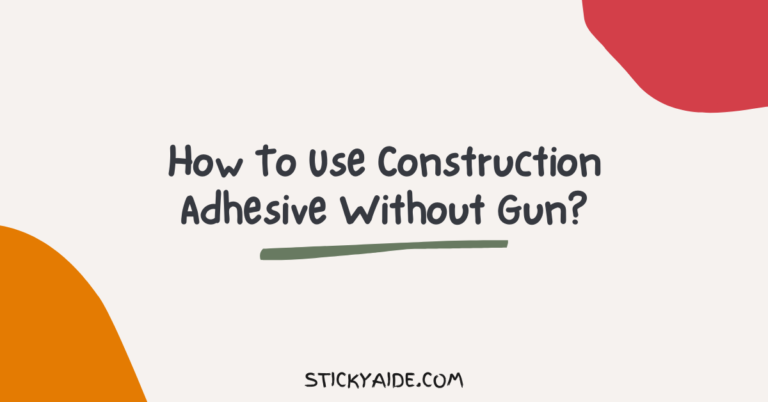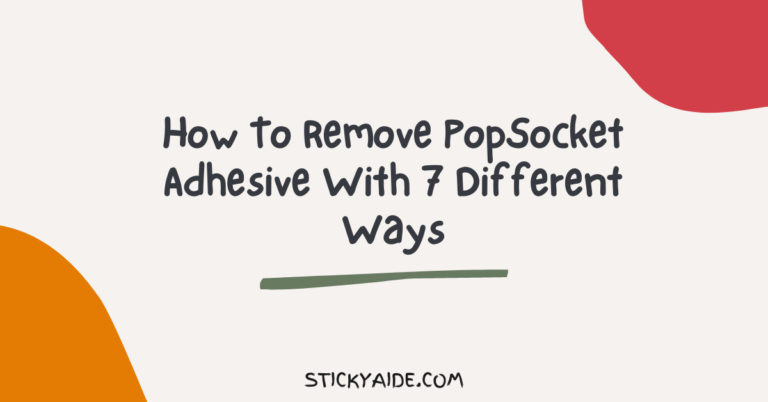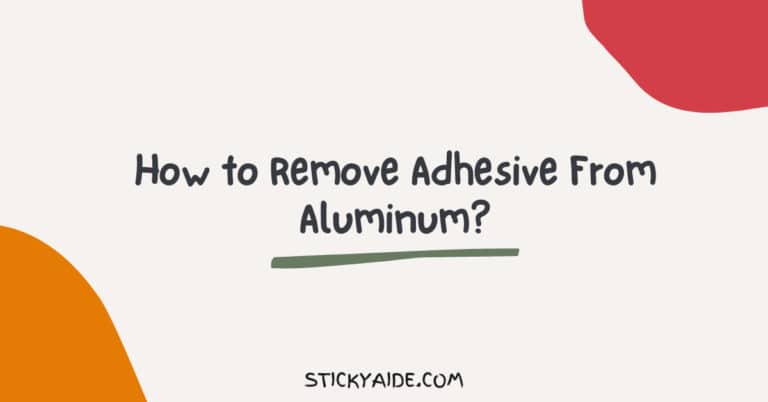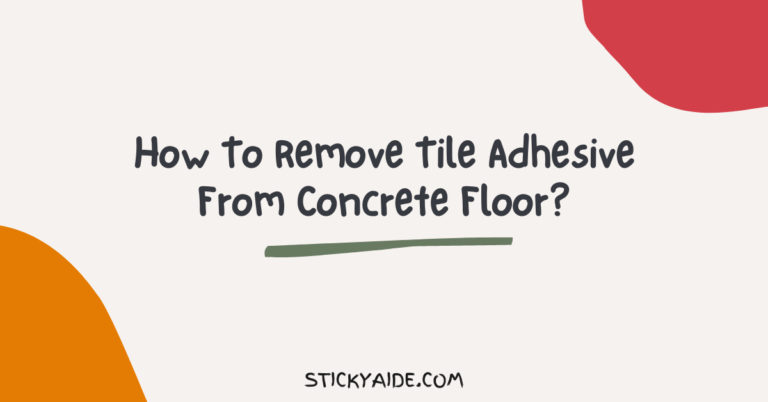Concrete bonding adhesive can be used to bond different materials together, such as stones and bricks with concrete or asphalt, or even decorative concrete floors with concrete countertops.
However, as powerful as it is, there are some things you should know about using concrete bonding adhesive correctly to avoid costly mistakes that could take away from your project’s overall look and durability.
Here’s how to use concrete bonding adhesive the right way.
Read More: Types of Adhesives Used in Construction
Read More: How to Use Citadel Plastic Glue?
How to Use Concrete Bonding Adhesive?
Step 1) Clean, Dry, and Level the Surfaces
For the concrete bonding adhesive to work properly, you must start with clean, dry, and level surfaces. If the surface is not clean, the adhesive will not bond as well.
You also need to ensure that there is no loose debris on the surface that could prevent the adhesive from bonding. Once you have cleaned and prepared the surfaces, you are ready to apply the adhesive.
Step 2) Mix the Adhesive (How to Mix)
To mix the adhesive:
- Start by adding water to the mixing bucket.
- Add the powder slowly while stirring constantly.
- Once all of the powder is added, continue stirring for two minutes.
After that, add more water until you reach the desired consistency. To finish, let the mixture sit for five minutes before using.
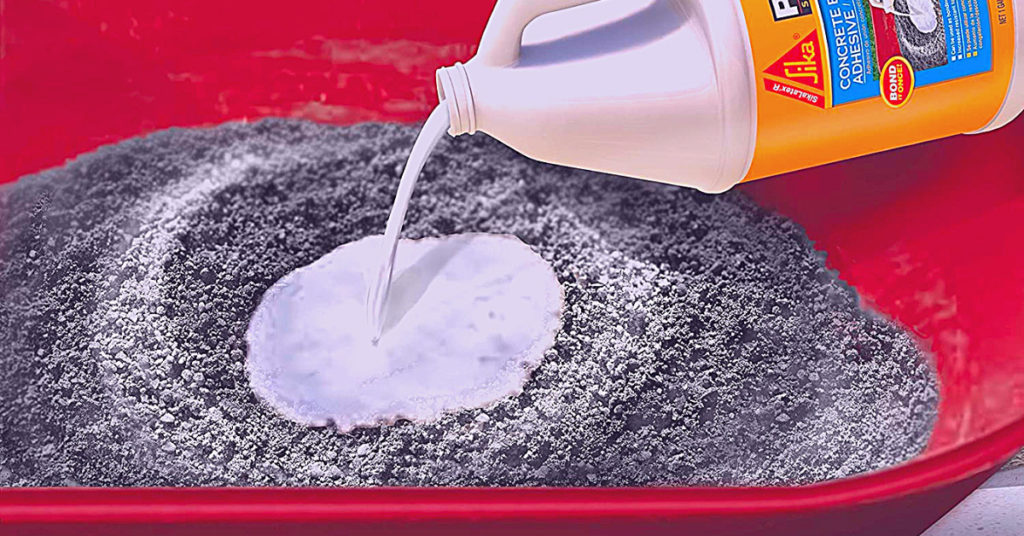
Step 3) Spread It Onto a Surface
You’ll need to apply the concrete bonding adhesive to both surfaces you want to bond. Use a putty knife or another similar tool to spread an even layer of the adhesive onto each surface.
You don’t want too much or too little – just enough so that each surface is evenly coated. Once you have the adhesive in place, it’s time to press the two surfaces together.
To ensure good contact and maximum adhesion, apply pressure while pushing the two surfaces together.
Some people recommend using clamps to help hold them together while they dry, but this isn’t necessary if you keep applying pressure for at least 24 hours after installation.
Read More: Best Adhesive For Brick
Step 4) Let It Sit Until It Cures
It’s important to let the adhesive cure before using it. If you don’t, the results could be disastrous. Here’s how to do it right:
1. Read the instructions on the adhesive carefully. A section will tell you how long you need to wait for the adhesive to cure.
2. Find a safe place to let the adhesive sit undisturbed for a specified time.
3. Once the time has passed, check that the adhesive is completely cured before using it.
4. If it’s not, wait a little longer and check again.
5. Once it’s cured, you can use it as normal. Letting it sit allows the chemicals in the glue to bind properly.
Read More: Construction Adhesive vs. Wood Glue
Is concrete bonding adhesive necessary?
Concrete bonding adhesive is a necessary component in many construction projects. This adhesive helps to create a bond between two surfaces, preventing slippage and ensuring a strong hold.
When using concrete bonding adhesive, it is important to follow the instructions carefully to achieve the best results. First, clean the surface that you will be applying the adhesive.
Next, apply the adhesive according to the manufacturer’s instructions. Once the adhesive has been applied, press the two surfaces firmly and allow them to dry.
Will concrete bond to concrete?
Absolutely! Concrete bonding adhesive is specifically designed for this purpose. It can provide a strong, lasting bond that will keep your concrete surfaces looking great for years to come.
Last Opinion
Concrete bonding adhesive is a great way to get a strong bond between two concrete surfaces. However, it’s important to follow the directions on the product label and use the right amount of adhesive.
Too much adhesive can cause the concrete to crack, while too little won’t provide a strong enough bond. When used correctly, concrete bonding adhesive can create a durable and long-lasting bond between two concrete surfaces.

